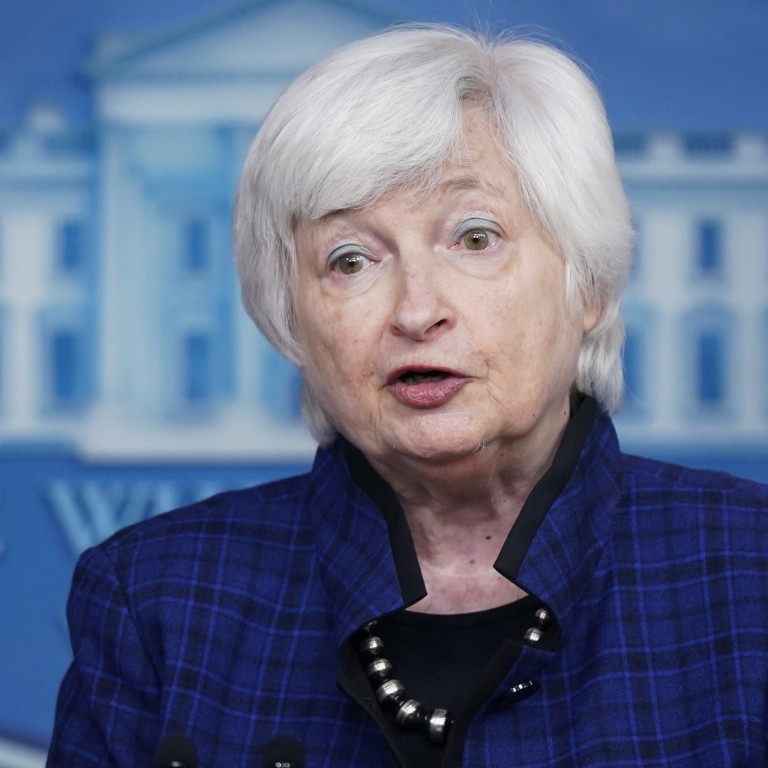
China trade deal didn’t address ‘fundamental problems’, US Treasury Secretary Janet Yellen says
- A phase one trade deal was signed between the Trump administration and China in January 2020
- But US Treasury Secretary Janet Yellen has expressed doubts about the deal with China well behind its purchasing targets
US Treasury Secretary Janet Yellen expressed doubts about last year’s trade deal with China, the first clear statement from the Biden administration detailing its thinking about the future of the agreement between the world’s two largest economies.
“My own personal view is that tariffs were not put in place on China in a way that was very thoughtful,” she told The New York Times in an interview as she returned to the United States last week.
“Tariffs are taxes on consumers. In some cases it seems to me what we did hurt American consumers, and the type of deal that the prior administration negotiated really didn’t address in many ways the fundamental problems we have with China.”
The Biden administration has to decide whether to keep the deal, scrap it, or seek to replace it with something new.
Eighteen months on, the agreement has turned out to be a truce at best, with both sides continuing to pay more for many imports.
But it is also an area of stability in a relationship that has continued to deteriorate, with rising tension over Hong Kong, Taiwan, human rights and the origins of the coronavirus pandemic.
For its part, the Chinese government has mostly praised the trade deal, even as it has criticised US actions and statements in other tense areas.
The first phase of the agreement is good for China, good for the US, and good for the whole world
“The first phase of the agreement is good for China, good for the US, and good for the whole world,” Ministry of Commerce spokesman Gao Feng told reporters last week in Beijing.
But even before Yellen’s remarks, some in China were pessimistic about the future of the agreement.
“The current relative calm on the trade front does not seem to portend glorious days, but thunderstorms,” former diplomat and trade official Zhou Xiaoming wrote last week in an editorial. “Although it is still reviewing its stance toward China,” the Biden administration can be expected to act more decisively and aggressively later this year, he wrote.
US exports to China hit a record in the first quarter of the year, but imports from the mainland have soared, boosted first by masks and protective gear, then by electronics and work-from-home equipment, and now by the rebound in general consumption as the economy opens up and people spend their stimulus money.
The two sides also agreed that China’s purchases would continue to rise from 2022 to 2025, although no details were made public.
Whether that is enough for the US remains to be seen. US Trade Representative Katherine Tai in May pledged to build off the deal and said that removing tariffs will depend on the outcome of upcoming conversations with China.
With no sign of when the US will finish its review of its China policy, it is unclear whether the trade deal’s future will be resolved this year. However, the apparent inability of the two sides to agree on the visit of a senior US diplomat this week does not bode well for talks any time soon.

